Want crystal-clear vision on the slopes? The right ski goggles make all the difference. Here's what you need to know:
- Lens Tints & VLT: Dark tints (low VLT, <25%) for sunny days; lighter tints (high VLT, 40–70%) for cloudy or low-light conditions. Photochromic lenses adjust automatically to changing light.
- Fit: Choose goggles that match your face shape and pair seamlessly with your helmet. Look for OTG options if you wear glasses.
- Anti-Fog Tech: Modern goggles use coatings, dual-layer lenses, and ventilation to prevent fogging.
- Smart Features: Advanced goggles offer photochromic lenses, LCD tint adjustment, and even heads-up displays.
Quick Tip: Carry two lenses - one for bright conditions and one for low light - to stay prepared for any weather.
Now, let’s dive into how to pick the best goggles for your needs.
Updated Ski and Snowboard Goggle Lens Tint Guide | SportRx
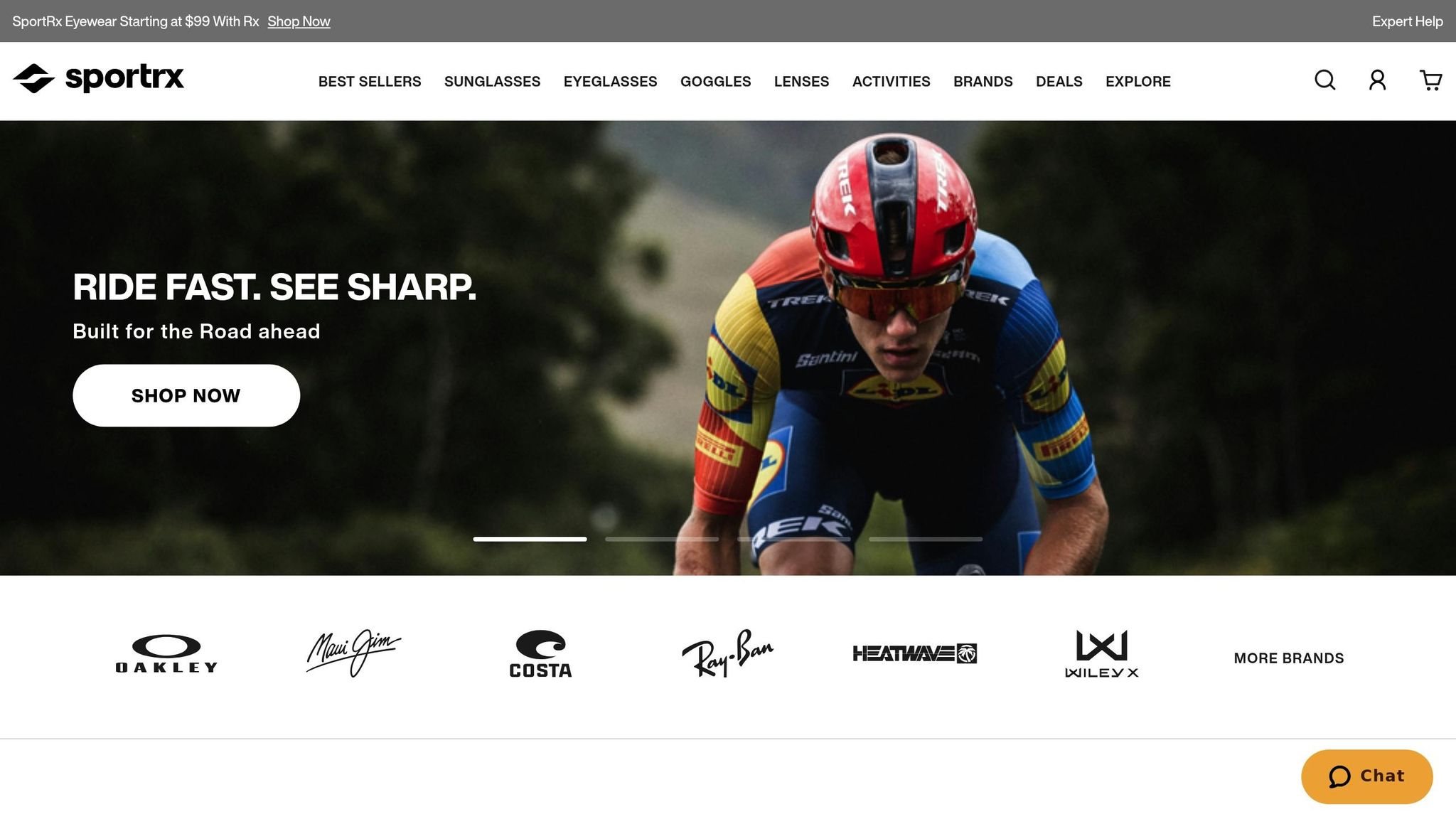
Lens Tints and Vision Quality
Choosing the right lens tint can make a big difference in how well you see by filtering specific light wavelengths. This improves contrast and visibility, helping you navigate changing conditions with ease.
Best Lenses for Bright Sun
On sunny, clear days, go for lenses with a low Visible Light Transmission (VLT) rating - less than 25%. Dark tints like platinum, black, or red are excellent choices. Many of these come with a mirrored finish, which can reflect up to 65% more sunlight [1], giving your eyes the extra protection they need.
| Weather Condition | Recommended Tint | VLT Range |
|---|---|---|
| Bright, sunny days | Platinum, Black, Red | < 25% |
| Intense glare conditions | Dark Grey, Dark Brown | 8–17% |
Best Lenses for Cloudy Days
When the sky is overcast and visibility drops, switch to lenses with higher VLT ratings, typically between 40–70%. Tints like yellow, amber, and rose are your go-to options. These colors enhance contrast and help you detect subtle changes in the terrain, making them ideal for low-light conditions. Here's a quick breakdown:
- Yellow/Gold: Improves depth perception and highlights terrain details.
- Amber: Boosts contrast in flat light, making it easier to see.
- Rose: Reduces blue light while improving overall visibility.
Multi-Condition Lenses
For those unpredictable days when the weather keeps changing, photochromic lenses are a lifesaver. These lenses adjust their tint automatically based on UV exposure, typically covering a VLT range of 20–40%. They’re a great choice for shifting light conditions.
If you prefer a more universal option, consider lenses in copper or brown tints with a medium VLT (25–55%). These work well across a variety of conditions and are especially handy when using gear like Snowfeet ski skates, where swapping lenses frequently can be less practical.
Another versatile choice is green lenses, which perform well in both bright and flat light. They’re particularly helpful when moving between sunny slopes and shaded areas, providing consistent visibility without requiring a lens change.
For added convenience, keep a backup lens on hand. Use a medium-tint lens (VLT 17–30%) as your primary option and a high-VLT lens for those low-light scenarios.
Next, we’ll dive deeper into VLT percentages to help you fine-tune your goggle selection.
VLT Percentages Explained
Visible Light Transmission (VLT) measures how much light passes through a lens, expressed as a percentage ranging from 0% to 100%. This measurement is key to ensuring your lenses match the lighting conditions on the slopes.
VLT Basics
VLT plays a big role in how well you see in different conditions. Lenses with lower VLT percentages are darker and block more light, while higher VLT percentages result in lighter lenses that let in more light. If you're using mirrored lenses, they can cut light transmission even further - by 10% to 50% compared to non-mirrored options [2]. For Snowfeet enthusiasts, lenses with a VLT range of 18% to 43%, often paired with rose or amber tints, provide a great balance for most conditions. The chart below outlines VLT ranges and their ideal uses based on snow conditions.
VLT Guide by Snow Conditions
Choosing the right VLT for your lenses can make a big difference in visibility and performance. Here’s a quick guide to help you match VLT categories to snow conditions:
| Category | VLT Range | Best For | Snow Conditions |
|---|---|---|---|
| S4 | 0–8% | High-altitude glaciers | Intense sunlight and extreme brightness |
| S3 | 8–18% | Sunny days | Clear skies with strong sun |
| S2 | 18–43% | Variable conditions | Partly cloudy or changing weather |
| S1 | 43–80% | Overcast days | Light clouds and diffuse lighting |
| S0 | >80% | Cloudy or low-light conditions (e.g., night skiing) | Very low light or foggy conditions |
For Snowfeet riders who want to be prepared for anything, carrying two sets of lenses is a smart move. A darker lens (S3 or S4) works well for sunny and bright conditions, while a lighter lens (S1 or S2) is better for overcast or low-light days. This combination ensures you'll have clear visibility no matter how the weather changes during your session.
Getting the Right Fit
Choosing ski goggles that fit properly ensures a snug, comfortable seal, which is crucial for maintaining peak performance on the slopes. This becomes even more essential when combining your goggles with advanced gear like Snowfeet, where clear visibility and reliable protection are non-negotiable.
Goggle Sizes Guide
The right goggle size depends on the shape and dimensions of your face. Here's a quick reference to help you find the best match for your features:
| Face Shape | Recommended Frame Style | Typical Size | Best For |
|---|---|---|---|
| Round | Wide, angular frames | Medium-Large | Balancing facial features |
| Oval | Medium-sized frames | Medium | Complementing natural proportions |
| Square | Rounded frames | Medium-Large | Softening angular features |
| Narrow | Streamlined frames | Small-Medium | Preventing goggle overhang |
For most adults, medium-sized goggles are a great starting point. Keep these tips in mind:
- Small frames are ideal for youth riders or adults with smaller facial features.
- Medium frames work well for most women and men with smaller faces.
- Large frames are better suited for men with broader facial structures.
- Asian fit goggles offer improved comfort for those with higher cheekbones and lower nose bridges [3].
Getting the right size is essential before pairing your goggles with a helmet and, if needed, prescription glasses.
Helmet and Glasses Fit
Once you've found the perfect size, ensuring your goggles integrate seamlessly with your helmet and glasses is the next step. This is especially important for winter sports enthusiasts using streamlined equipment like Snowfeet.
"When choosing ski goggles, it's important to consider your face shape to ensure a comfortable and secure fit." - Eclipse Optics [4]
Here are key fit tips to check:
- No gaps: Make sure your goggles fully cover your forehead without leaving any exposed areas [6].
- Strap security: Attach the goggle strap securely to your helmet's retention system.
- Even contact: Ensure the goggles sit comfortably without creating pressure points.
- Stability test: Move your head in all directions to confirm the goggles stay firmly in place [5].
If you wear prescription glasses, look for goggles with deeper frames and proper ventilation. Many modern goggles come with OTG (Over-The-Glasses) designs, which accommodate eyewear while maintaining comfort and performance.
sbb-itb-17ade95
New Goggle Features
Modern goggles are redefining performance on the slopes, combining advanced lens tints, improved fit, and cutting-edge technology. These innovations are designed to enhance visibility and comfort, making them a must-have for winter sports enthusiasts.
Anti-Fog Systems
Fogged lenses can ruin a day on the slopes, but today’s goggles are equipped with advanced anti-fog solutions that tackle this issue head-on. Three key technologies work together to keep your vision clear, even in the harshest conditions:
| Technology | Function | Benefit |
|---|---|---|
| Hydrophilic Coating | Absorbs moisture and spreads it into a thin, clear film | Prevents visual distortion |
| Dual-Layer Design | Creates an insulating barrier between the lenses | Reduces temperature differences |
| Active Ventilation | Circulates air to minimize moisture buildup | Prevents fog formation |
These features make modern goggles far superior to older models, offering reliable visibility with minimal upkeep. If you're pairing goggles with Snowfeet gear, look for models that incorporate all three technologies for the best experience. Beyond fog prevention, some goggles now feature lenses that adapt dynamically to changing light conditions.
Smart Lens Technology
Adapting to shifting light conditions has never been easier, thanks to smart lens technology. Features like Glade Optics' "Rapid Response" photochromic lenses adjust instantly, transforming how goggles perform in various environments [7].
Here are some standout advancements:
- LCD Technology: Instantly adjusts tint to ensure optimal visibility.
- Enhanced Field of View: Smith's 4D Mag goggles, for example, increase downward visibility by about 25% [7].
- Smart Features: Some models include heads-up displays that provide performance data [8].
These innovations align perfectly with the high-performance ethos of Snowfeet equipment, offering users unmatched functionality on the slopes.
"The difference between standard lenses and these new contrast-enhancing technologies is night and day. You can actually see the contours of the snow in conditions where everything used to look flat white."
- Alex Ferreira, professional skier and equipment tester [7]
For tech enthusiasts, options like the REKKIE Smart Snow Goggles ($312.95) deliver premium features, while budget-friendly models like the Glade Challenger ($155) offer excellent photochromic performance [7]. Whether you're a casual rider or a seasoned pro, there's a goggle to match your needs.
Best Goggles for Snowfeet Equipment
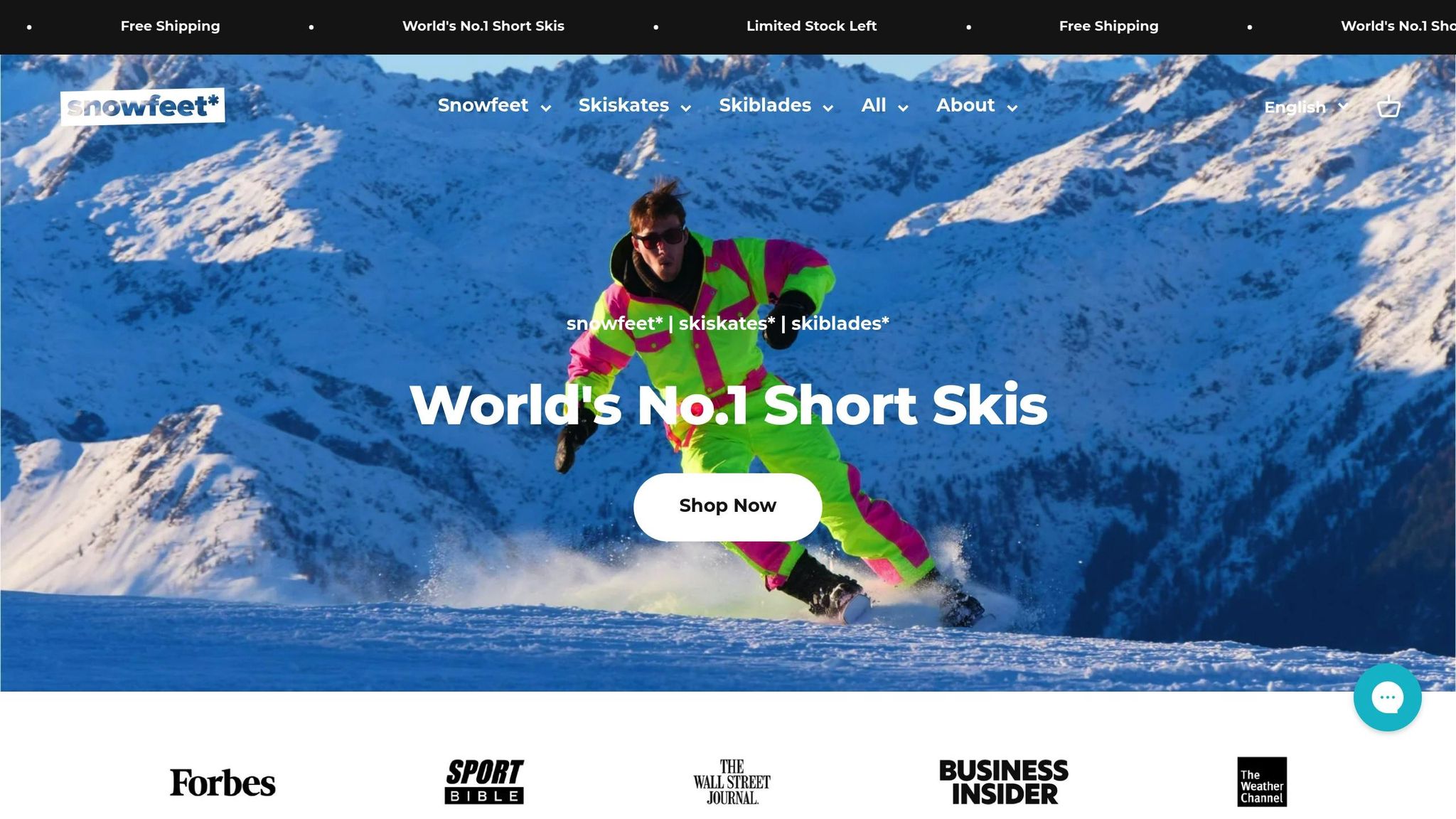
When pairing goggles with Snowfeet gear, it's all about finding the right mix of VLT (Visible Light Transmission) and a snug fit to handle the fast-paced, low-to-the-ground nature of Snowfeet sports. These activities demand a different approach compared to traditional skiing, making the choice of goggles especially important.
Goggles for Snowfeet Sports
Snowfeet sports involve quick, dynamic movements and lower stances, which means visibility is key. Choosing the right VLT for your goggles ensures clear vision, whatever the weather. Here's a handy guide to help you pick the right lens for different conditions:
| Weather Condition | Recommended VLT | Ideal Lens Tint | Best For Snowfeet Activity |
|---|---|---|---|
| Bright Sun | 5-18% | Dark Gray/Brown | High-speed carving |
| Partly Cloudy | 20-40% | Rose/Amber | General skiskating |
| Overcast | 50-70% | Yellow/Gold | Technical maneuvers |
| Heavy Snow | 70%+ | Clear/Light Rose | Powder riding |
For advanced users, lenses featuring Oakley's PRIZM™ Snow technology are a game-changer. They enhance the visibility of snow textures, making it easier to navigate challenging terrains [9]. With this lens guide, you're ready to experience how Snowfeet gear stands apart from traditional ski equipment.
Snowfeet vs Standard Ski Gear
Snowfeet's innovative design brings a fresh perspective to snow sports, and the right goggles can elevate that experience even further. Unlike traditional ski brands like Rossignol or Atomic, Snowfeet gear demands specialized goggles to match its unique performance needs.
Sharper Ground Visibility
Snowfeet's low stance brings you closer to the action, meaning ground detail is more critical than ever. Goggles equipped with Smith's ChromaPop™ technology excel here, filtering light to enhance definition and clarity - perfect for those close-range visuals [9].
Adaptable and Portable
Snowfeet Mini Ski Skates, starting at $140, are lightweight and easy to carry, unlike bulky traditional skis. Pair them with goggles offering quick lens-change systems and wide peripheral vision, and you're set to handle the dynamic twists and turns of skiskating in any weather.
Conclusion: Making Your Choice
Selecting the right ski goggles means balancing lens tints, VLT percentages, and a snug fit to enhance both performance and safety on the slopes [10]. For those enjoying versatile activities like Snowfeet, look for goggles that offer excellent ground visibility and magnetic lens-change systems. An all-purpose lens with 20–30% VLT is a great choice for tackling a variety of conditions [10]. Standout options like the Smith I/O Mag with ChromaPop and the Oakley Flight Deck with Prizm are designed to improve depth perception and provide exceptional peripheral vision [11].
While advanced lens technology can elevate your experience, a proper fit is just as critical. Goggles that form a seamless seal with your face and integrate well with your helmet ensure comfort and functionality [3]. The combination of cutting-edge lenses and a secure fit creates the foundation for high-performance winter sports eyewear.
Whether you're gliding on Snowfeet Mini Ski Skates (starting at $140) or hitting the terrain park with the Snowfeet PRO ($230), the right goggles will enhance your performance and sharpen your ability to read the terrain [10]. Today’s winter sports demand eyewear that keeps up with the ever-changing challenges of your gear and environment.
FAQs
What lens tint should I choose for different weather conditions when using Snowfeet gear?
Choosing the right lens tint for your ski goggles can make a big difference in visibility and comfort when you're out enjoying winter sports. This becomes even more important when you're using Snowfeet gear. One of the most important factors to look at is the Visible Light Transmission (VLT) percentage, which determines how much light passes through the lens:
- High VLT (60-80%): Perfect for cloudy, overcast, or low-light conditions. These lighter tints help enhance contrast and brighten your surroundings, making it easier to see in dim lighting.
- Low VLT (8-17%): Best for sunny, clear days. Darker tints reduce glare and protect your eyes from harsh sunlight, keeping your vision sharp and comfortable.
Snowfeet goggles come equipped with advanced lens technology and often include interchangeable lenses, so you can quickly adjust to changing weather conditions. Whether you're cruising through powder on a gray, overcast day or tackling bright, sunlit slopes, these goggles are built to keep up. Unlike bulkier, traditional ski brands like Rossignol or Atomic, Snowfeet gear focuses on being lightweight and compact, offering a more nimble and distinctive experience on the slopes.
What should I consider when choosing ski goggles that fit with my helmet and prescription glasses?
To find ski goggles that work well with both your helmet and prescription glasses, you’ll want to focus on a few essential features. First, make sure they have OTG (Over the Glasses) compatibility, which allows the goggles to fit comfortably over your glasses without causing pinching or discomfort. Also, check that the goggles are designed to integrate smoothly with helmets - adjustable straps and a snug fit are key to eliminating gaps and improving ventilation.
Clear vision on the slopes is a priority, so opt for goggles with anti-fog lenses and effective ventilation systems to prevent fogging in different weather conditions. Lenses with UV protection and the appropriate tint for the lighting conditions will also enhance both safety and visibility. Lastly, ensure the goggles fit your face securely and comfortably, avoiding pressure points so you can wear them all day without irritation. Paying attention to these details will make your time on the slopes safer and more enjoyable.
What goggle features improve visibility and performance for Snowfeet sports compared to traditional skiing?
Snowfeet goggles come packed with high-performance lens technologies, including high-contrast optics and interchangeable lenses. These features ensure clear visibility in a variety of light and weather conditions, making them an ideal choice for Snowfeet sports, where quick reflexes and adapting to changing terrain are crucial.
What sets Snowfeet goggles apart from traditional ski brands like Rossignol or Atomic is their focus on lightweight comfort. While those brands cater to heavier equipment, Snowfeet goggles are designed to pair seamlessly with regular winter footwear, skipping the bulk of ski boots and enhancing your freedom of movement. By combining state-of-the-art optics with a sleek, lightweight design, these goggles deliver an unmatched experience for Snowfeet enthusiasts, whether you're zipping around on skiblades or skiskates.

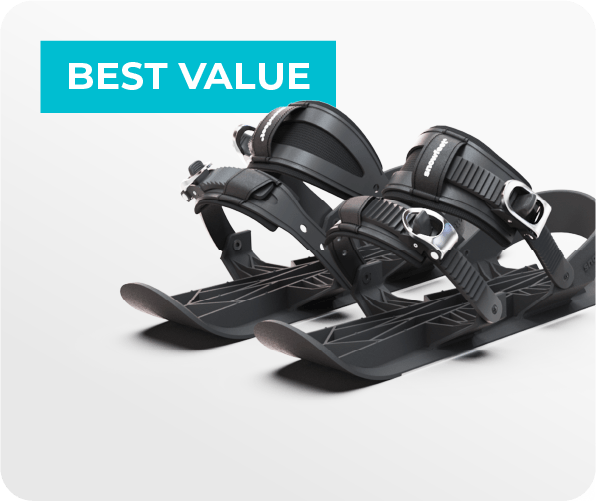
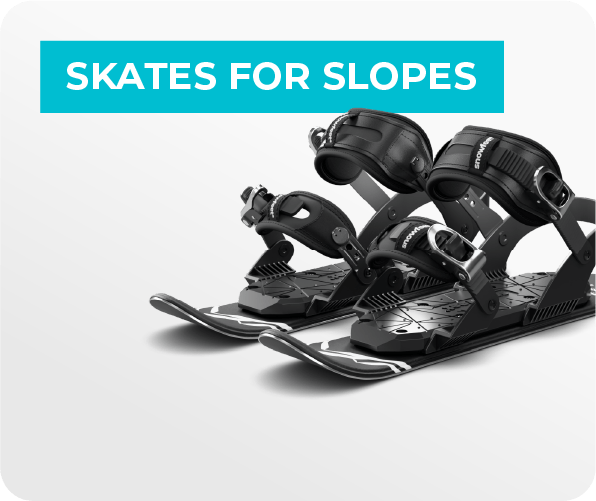
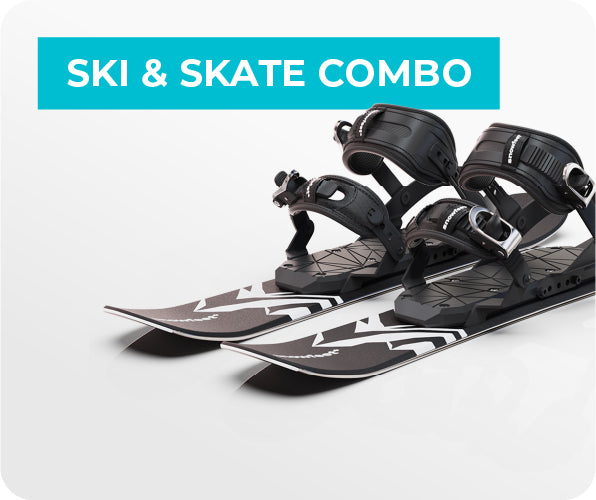
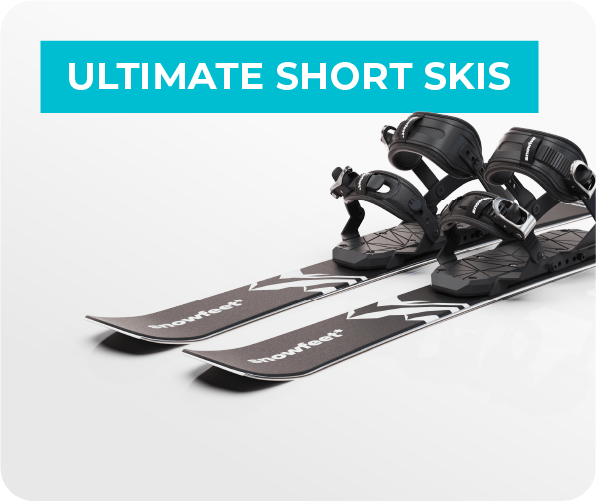
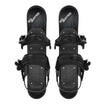
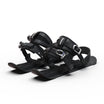
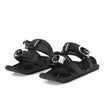
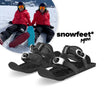
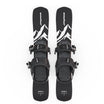
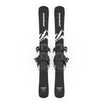
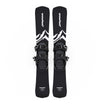
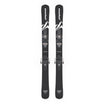
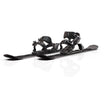
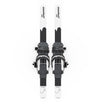
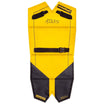
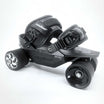
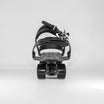
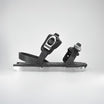
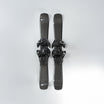
![How to Choose Ski Goggles: Lens Tints, VLT & Fit Guide [2025] - snowfeet*](http://www.snowfeetstore.com/cdn/shop/articles/how-to-choose-ski-goggles-lens-tints-vlt-fit-guide-2025-565902.jpg?v=1748156769&width=1500)
![Why Do My Ski Boots Hurt? Common Causes & Solutions [2025] - snowfeet*](http://www.snowfeetstore.com/cdn/shop/articles/why-do-my-ski-boots-hurt-common-causes-solutions-2025-403869.jpg?v=1748156762&width=1536)
![Ski Helmet Buyer's Guide [2025]: Safety, Fit & Top Features - snowfeet*](http://www.snowfeetstore.com/cdn/shop/articles/ski-helmet-buyers-guide-2025-safety-fit-top-features-318189.jpg?v=1748156774&width=1536)
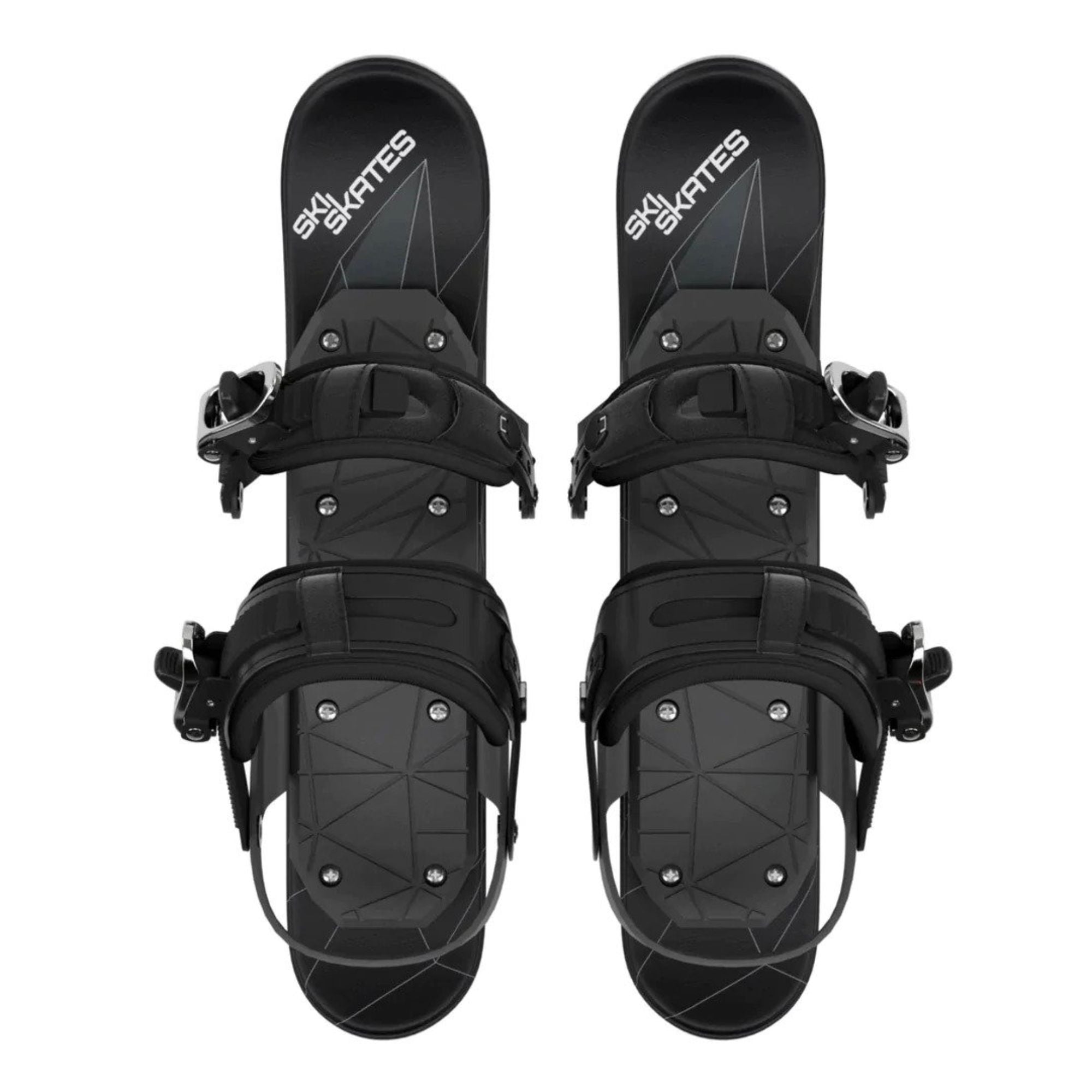
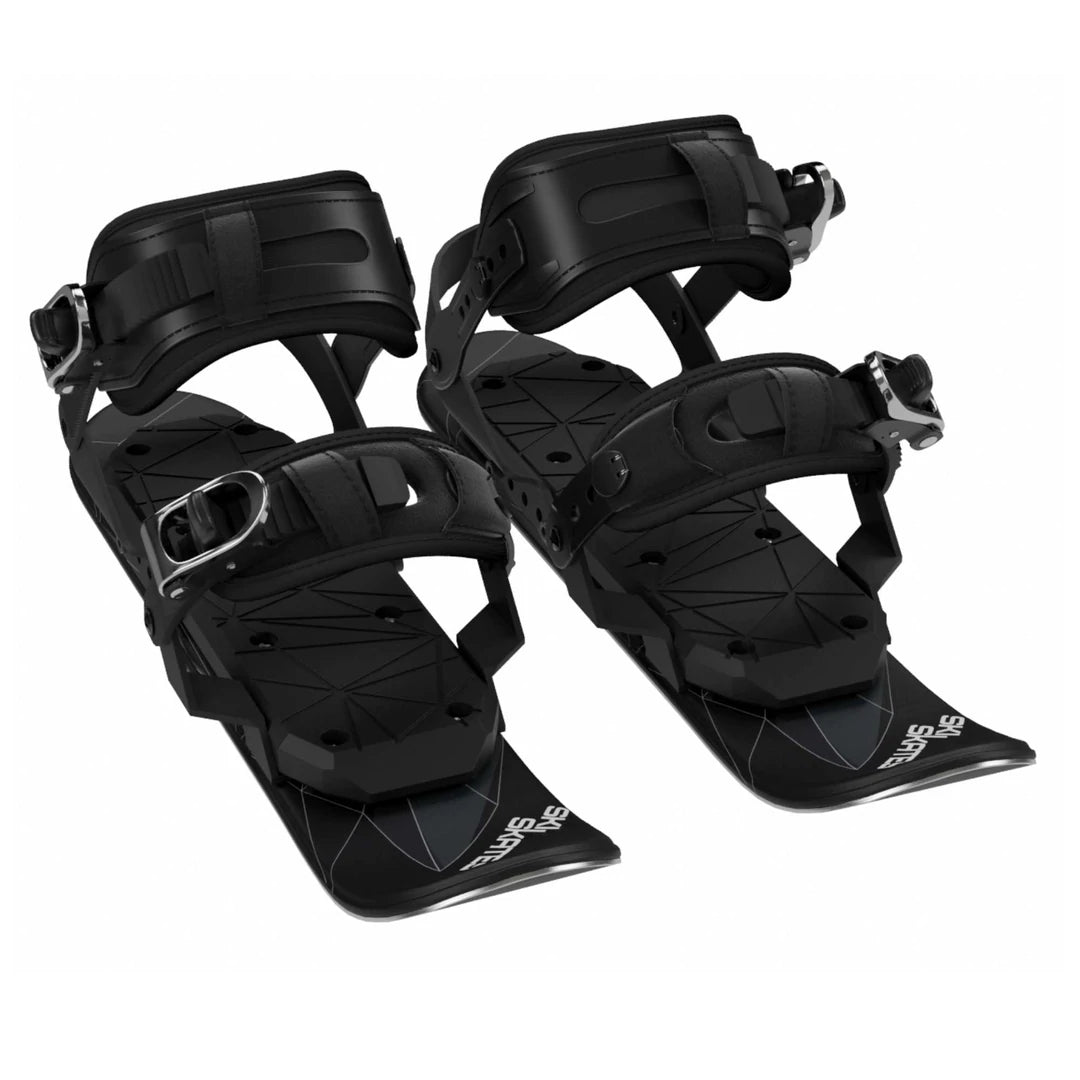
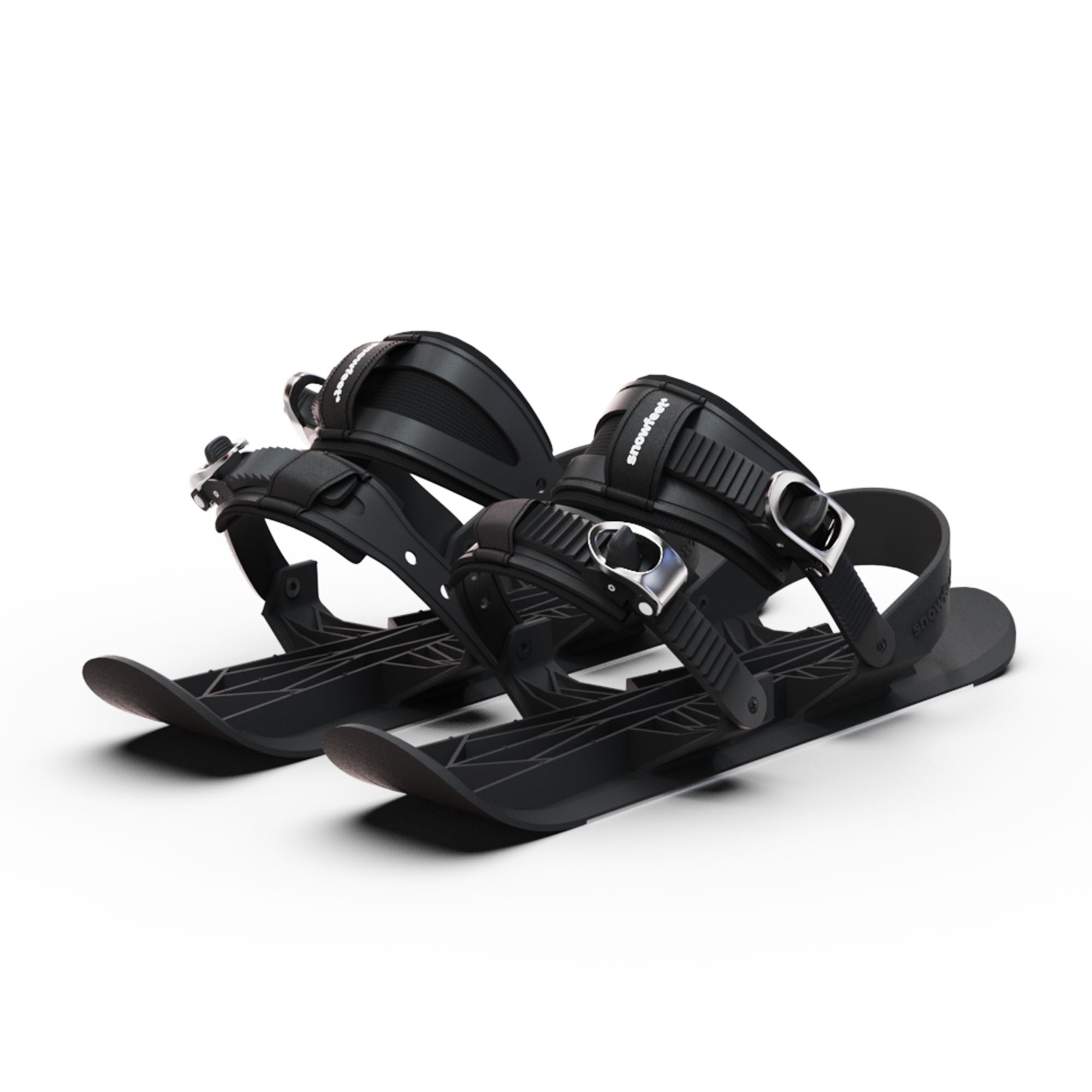

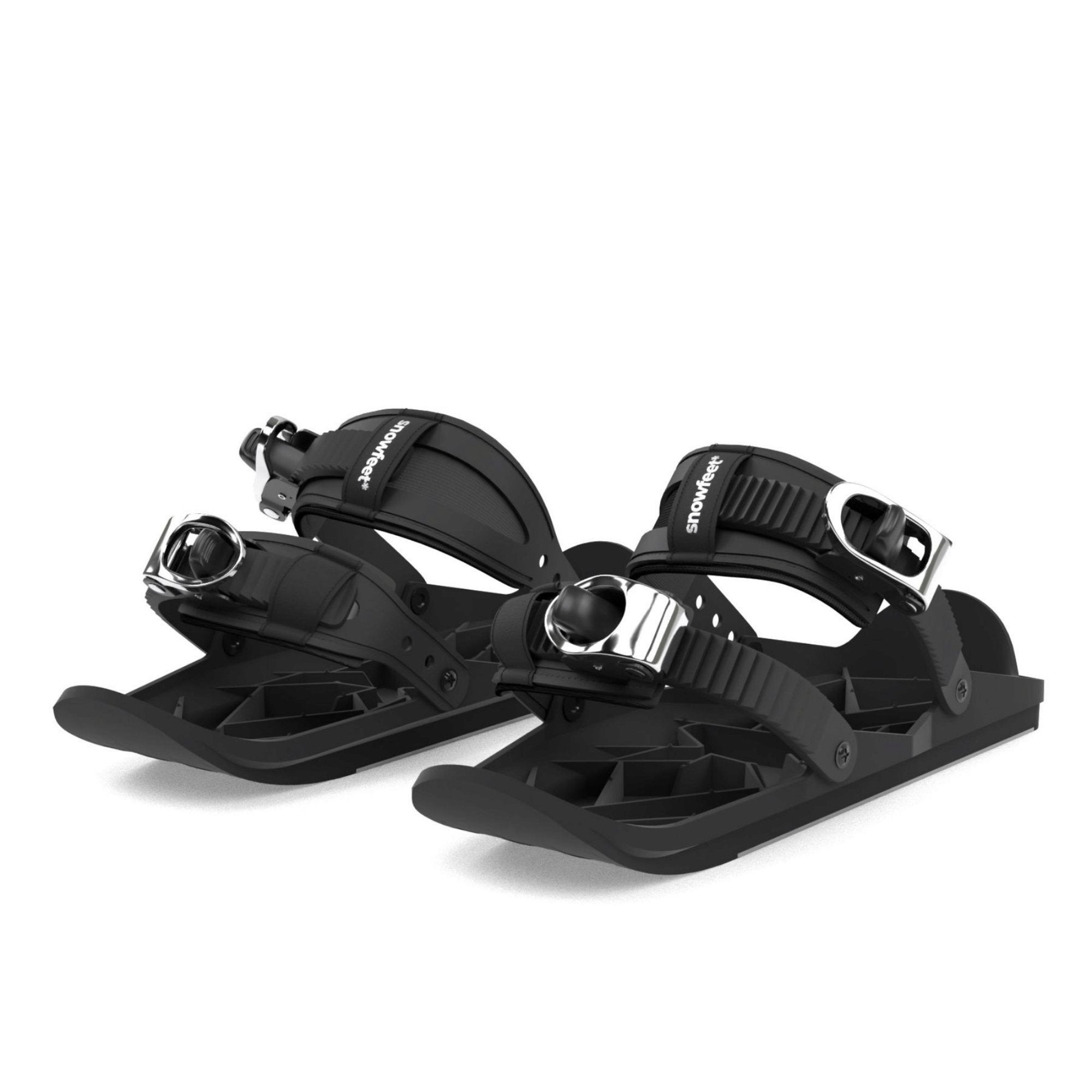

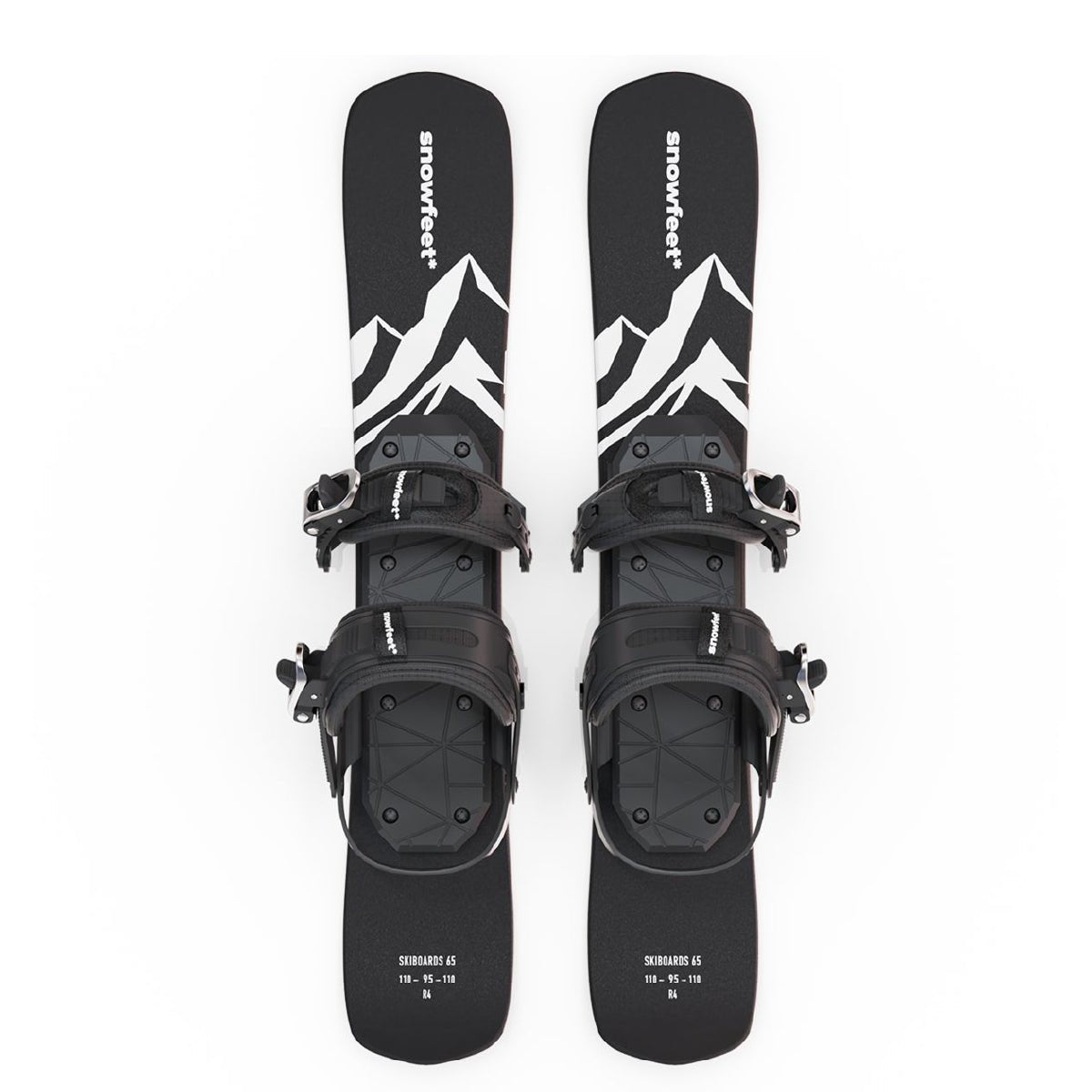
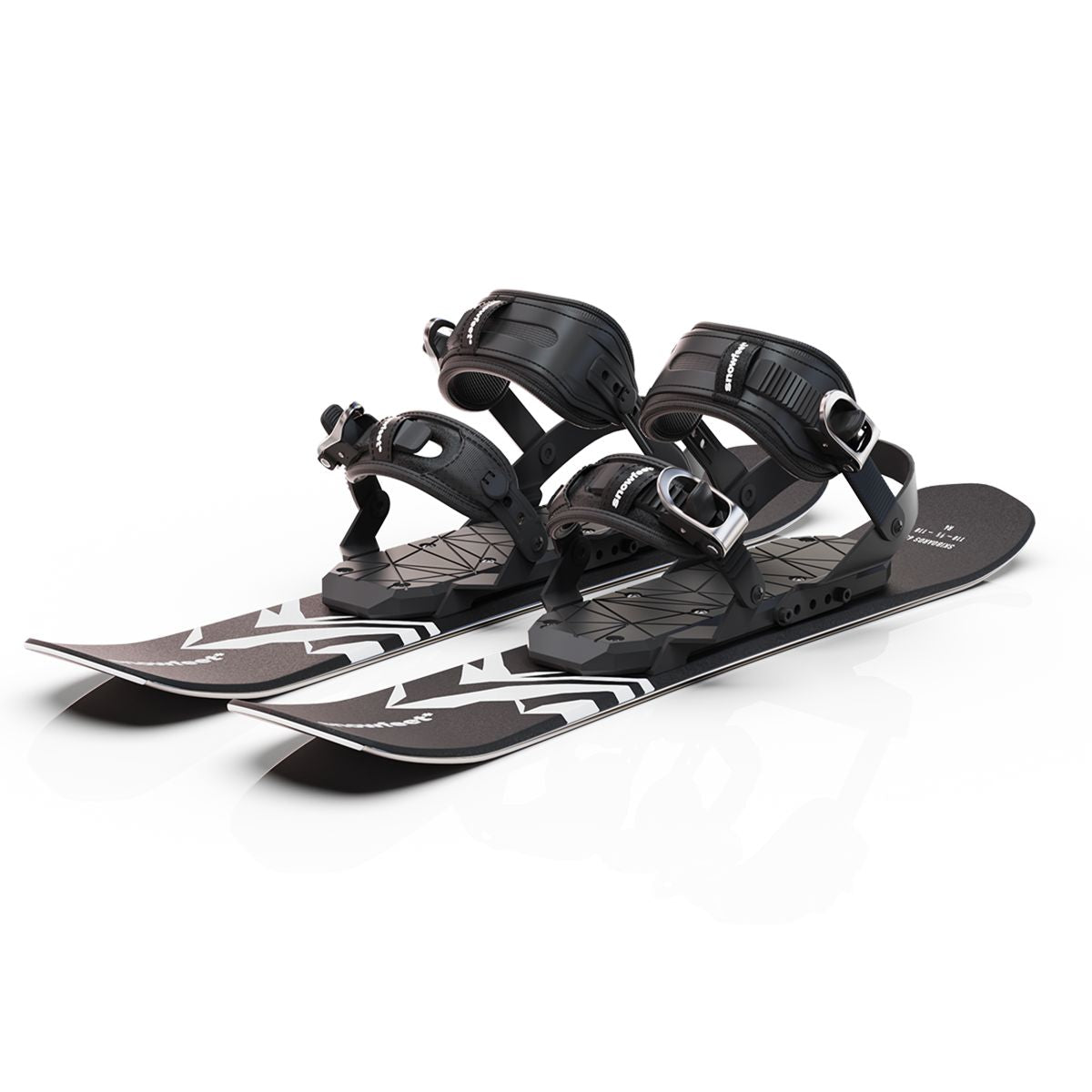
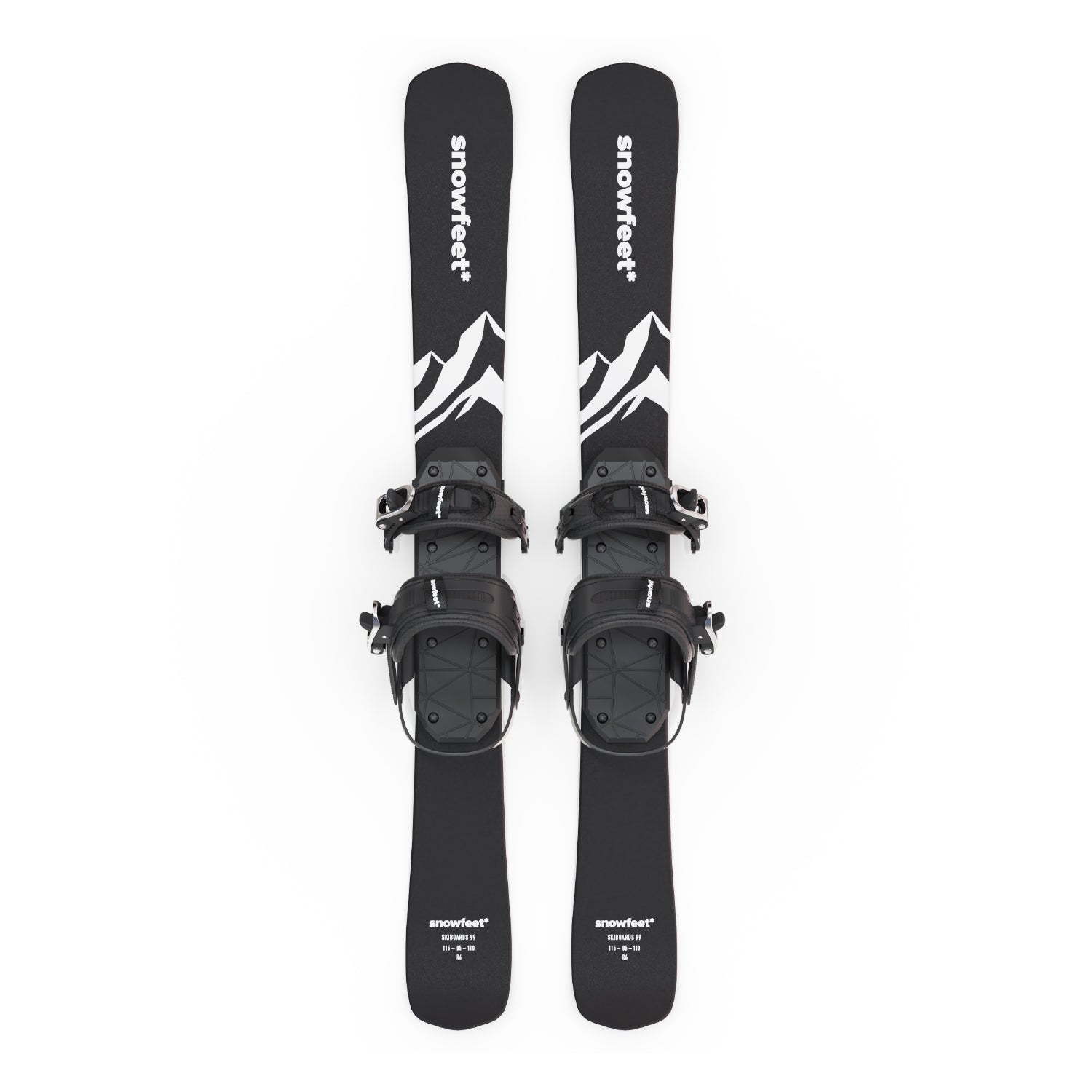
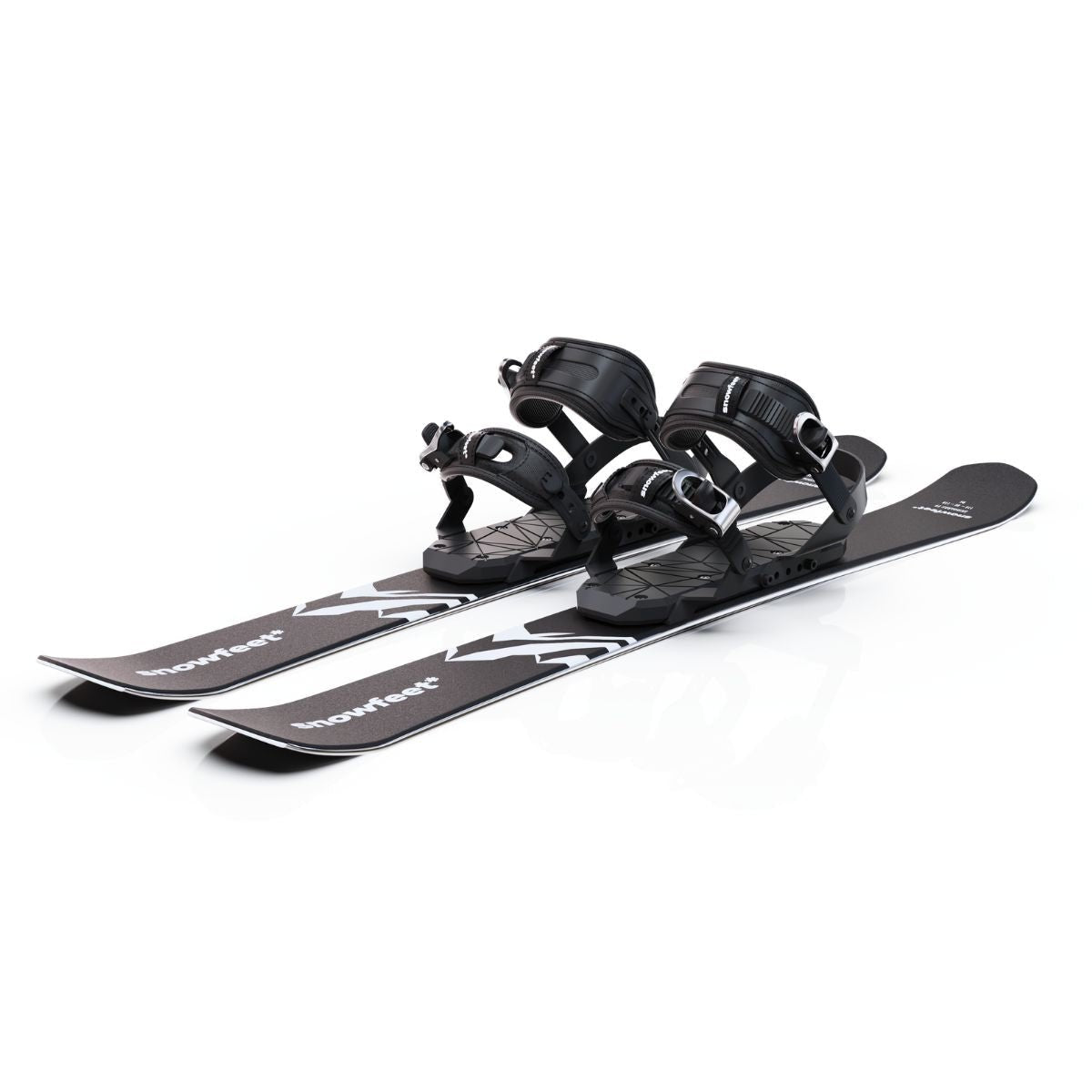
Leave a comment
This site is protected by hCaptcha and the hCaptcha Privacy Policy and Terms of Service apply.